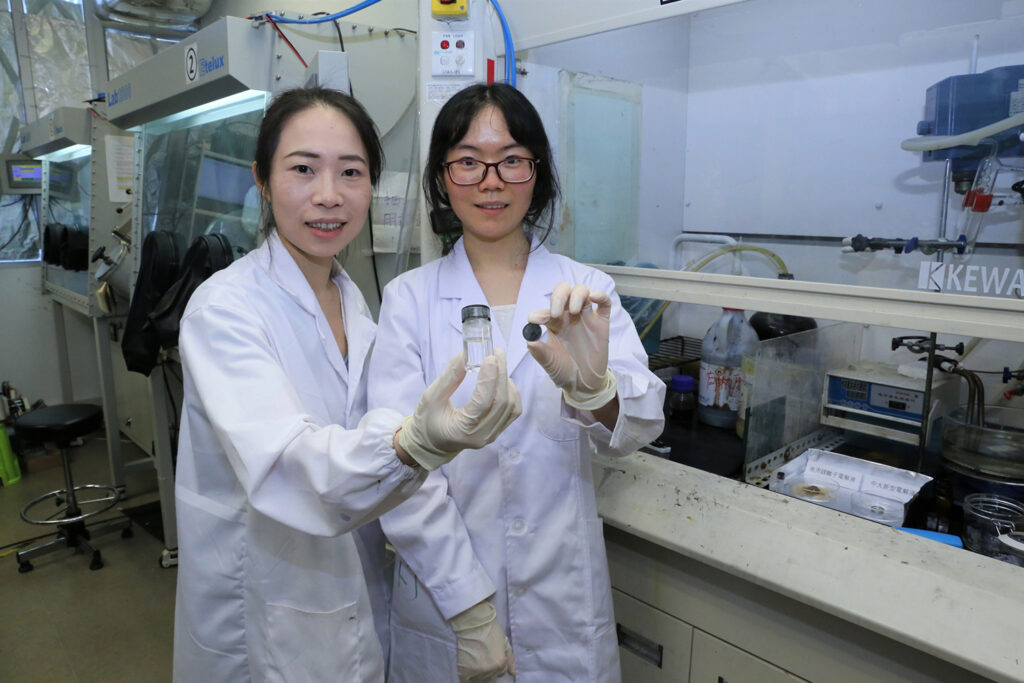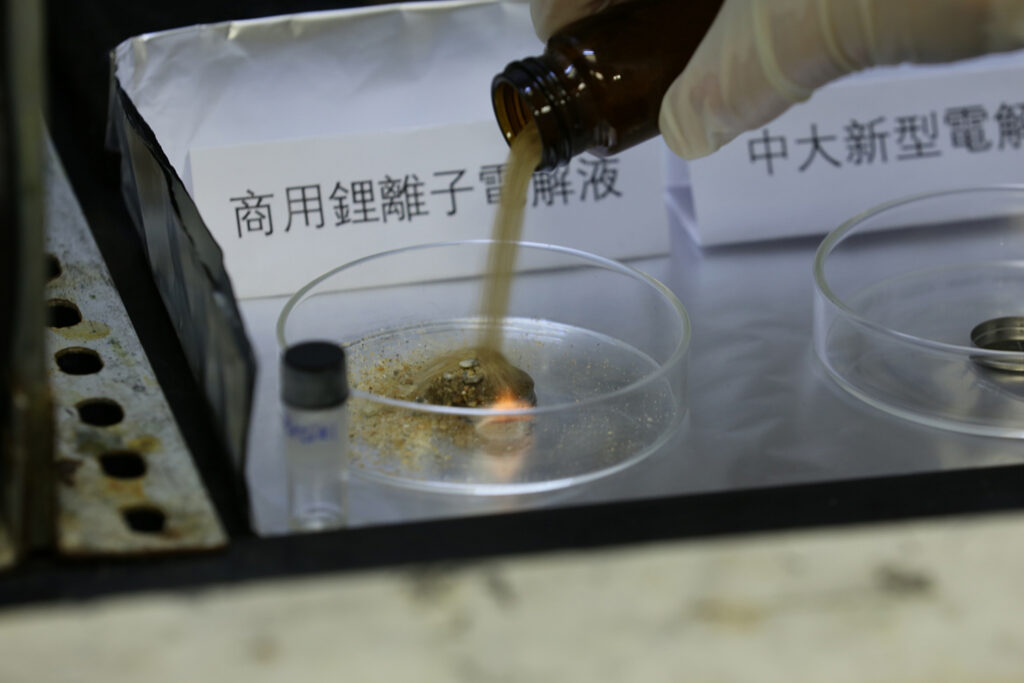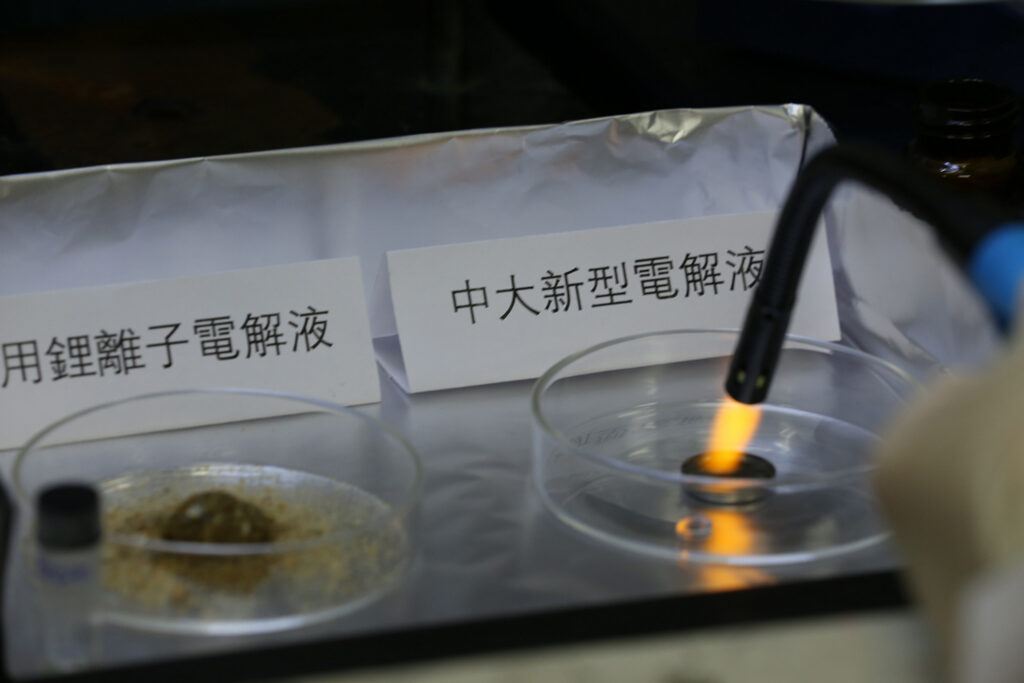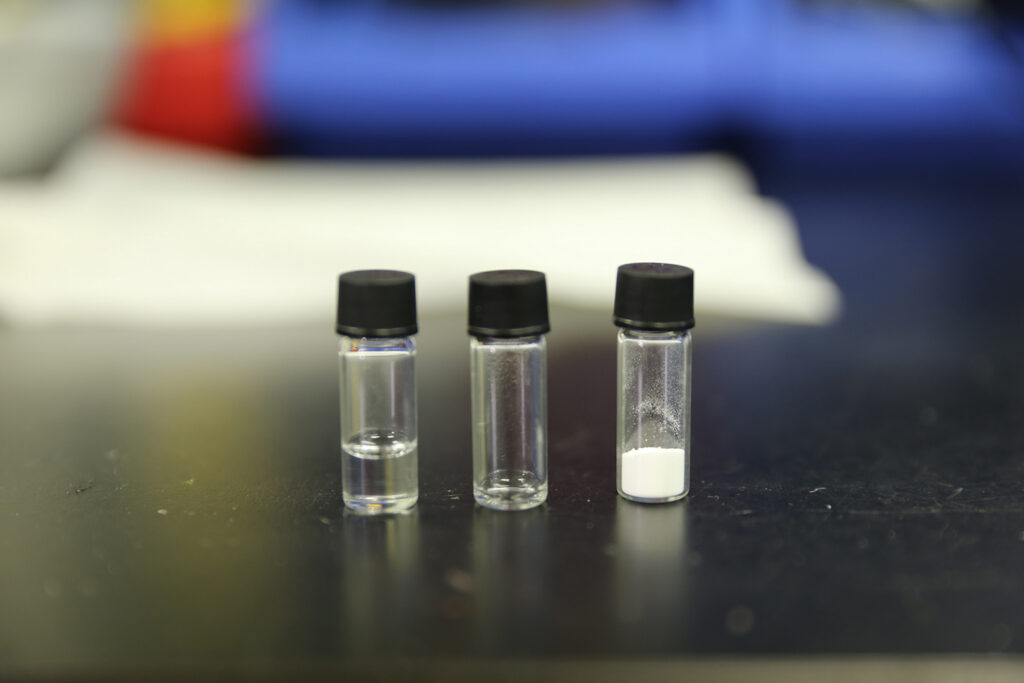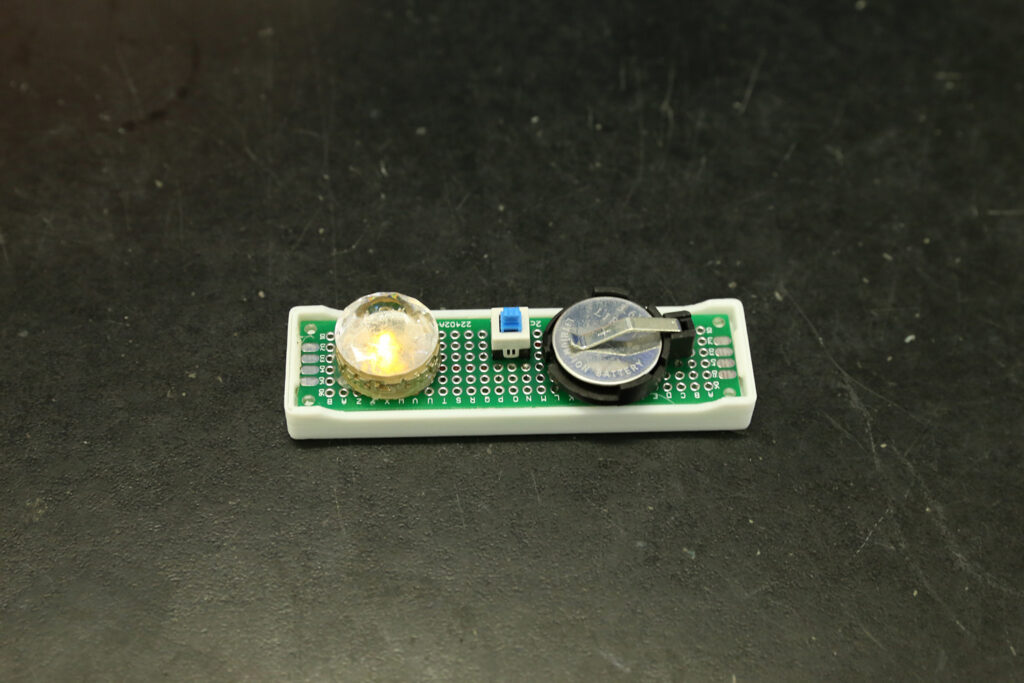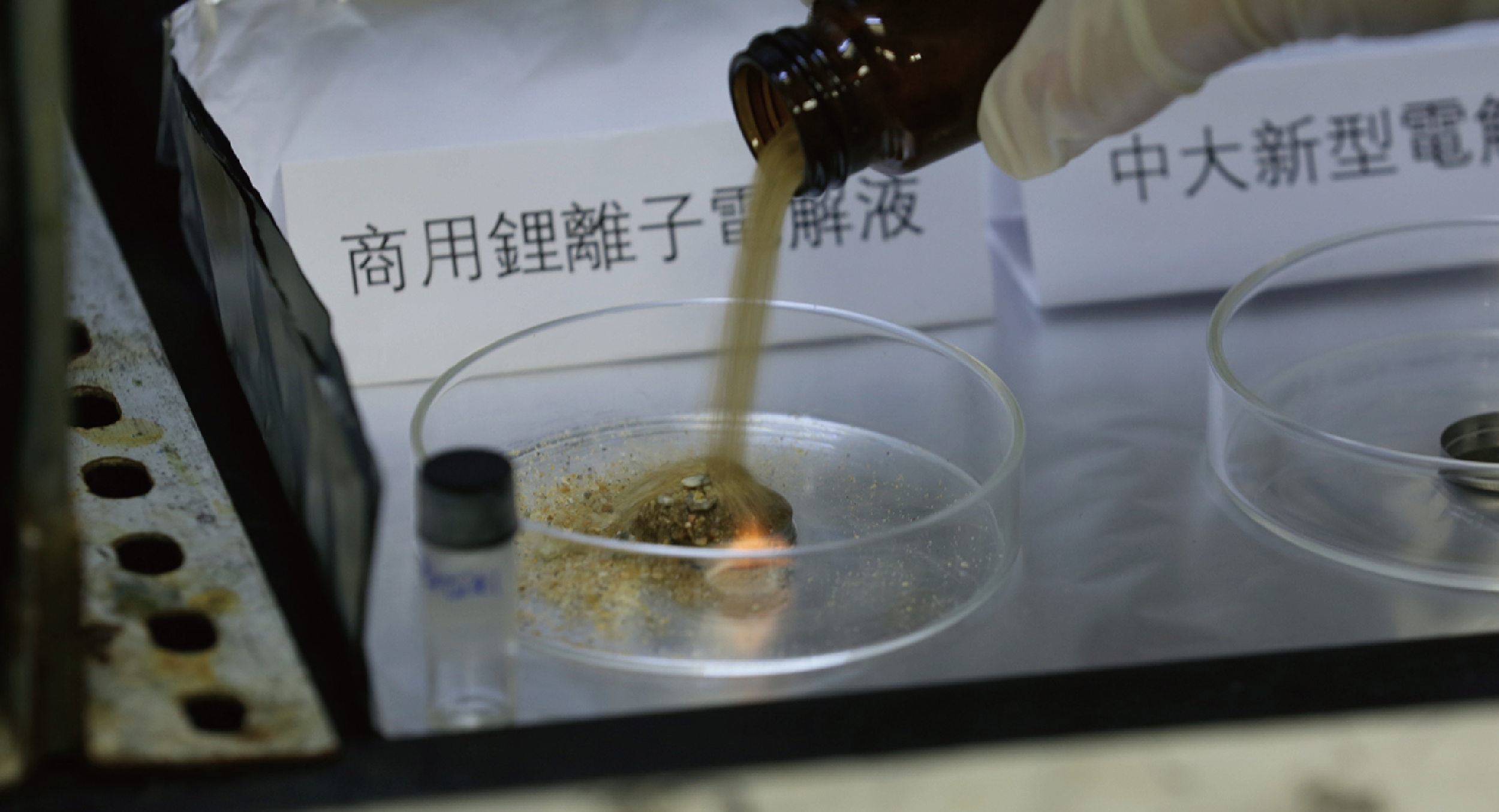Electronic devices and gadgets are indispensable parts of our modern life. As a result of the rechargeable characteristics and stable energy output, Li-ion batteries have become the heart of these electronics. However, they still heavily rely on toxic and flammable organic electrolytes to produce power, and the serious safety hazards remain unsolved. In contrast, aqueous Li-ion batteries are non-flammable, but they have been suffering from low energy-density issues. Existing approaches to improve the output often involve the use of a large amount of expensive and toxic Li-ion salts to stabilise water molecules, which raises the issues of cost, toxicity and environmental sustainability.
Building on our previous research on aqueous Li-ion batteries, this project provides a new aqueous electrolyte for safe, low-cost and eco-friendly energy storage. We use poly(ethylene glycol) or PEG to replicate “molecular crowding” in the electrolyte, in which the activity of the water solvent is reduced. PEG is a water soluble polymer that can be easily incorporated into aqueous batteries. Using this novel stabilisation agent, a LiMn2O4 cathode and a Li4Ti5O12 anode, we successfully enhanced the performance of the batteries.
Uniqueness and Competitive Advantages:
- Expanded the aqueous electrolyte stability window to 3.2 Volts
- Demonstrated stable battery operation for delivering a high energy density of 75-100Wh per kg over 300 cycles
- The operational voltage can be further improved to over 4.0 Volts with gel coating
- The common side reactions in aqueous Li-on batteries (hydrogen / oxygen evolution reactions) are virtually eliminated
- A flammability test was conducted to prove the fireproof characteristics of the novel electrolyte, significantly improving the safety of Li-ion batteries
